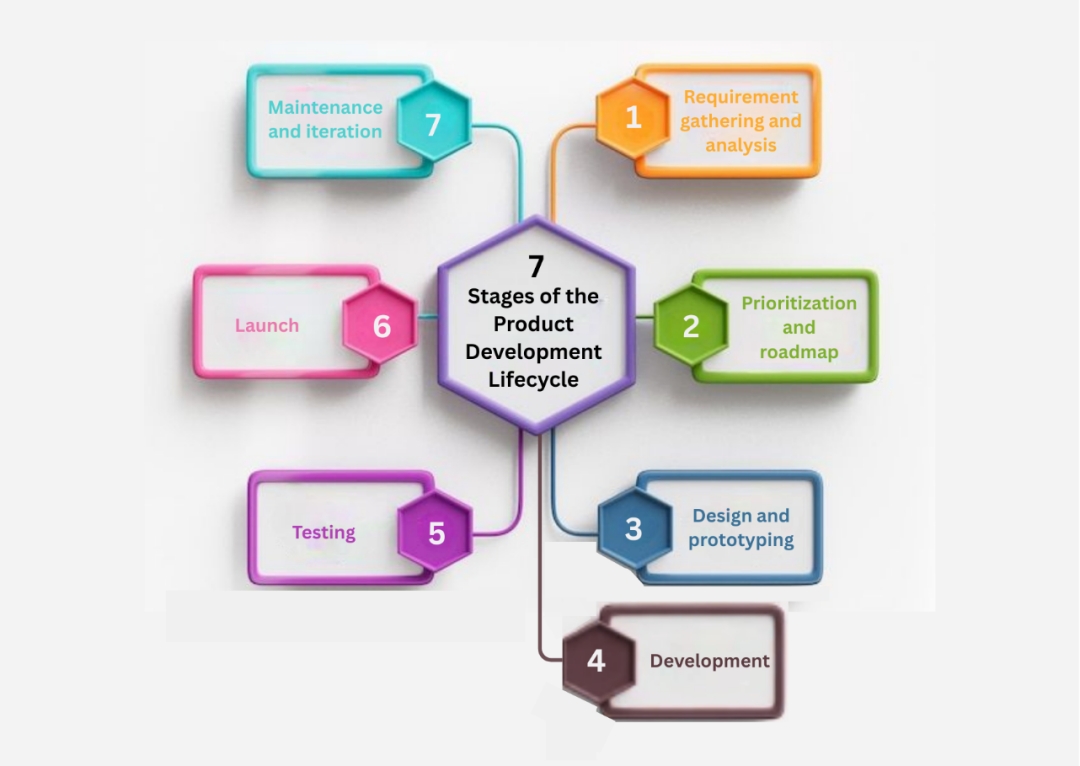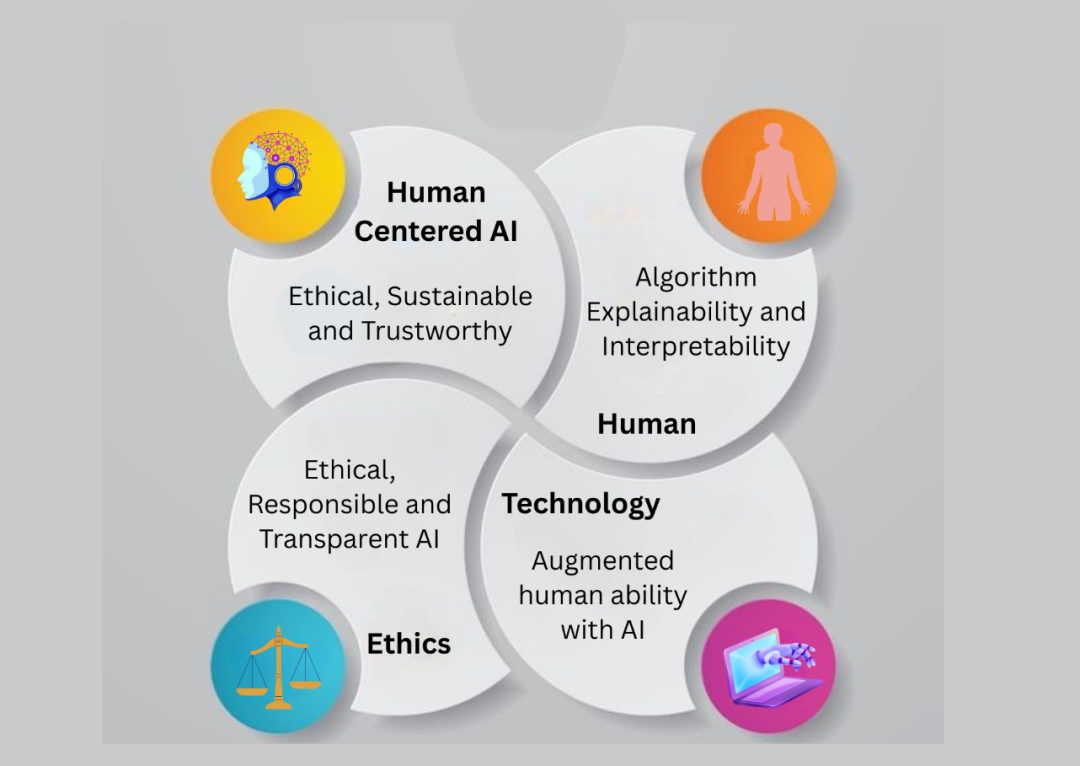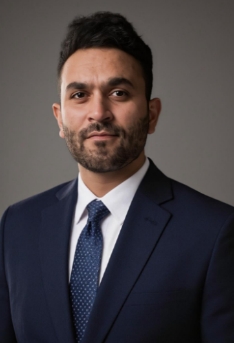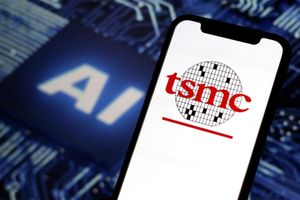Wireless technologies are transforming how people connect, communicate, and use the internet. Strong and reliable connections are becoming increasingly prevalent in daily life thanks to cell phones and emerging technologies like AR and VR. The most significant aspect of this shift is human-centred wireless engineering, which ensures that radio frequency technology functions properly in practical settings and considers human behaviour into account.
Mitesh Mahendrakumar Patel is a leading RF and wireless engineering manager with over 15 years of expertise in international projects, product development, and research. He has been instrumental in bringing about significant advances by fusing knowledge from human behaviour research with sophisticated RF system design. His efforts have also produced wireless solutions that offer an excellent user experience in addition to being technically sound. His work's success shows that engineering, project management, automation, and user research can all greatly enhance millions of people's capacity to stay connected globally. His background, technological contributions, and future aspirations for wireless innovation will all be discussed in this essay.
Early Journey and Inspirations
Mitesh Mahendrakumar Patel made the decision to pursue a profession that blends compassion with excellent technical abilities. He had a natural curiosity with the science behind wireless technology and radio frequency, as well as how these affect daily life. His experience in radio frequency and microwave engineering gave him the knowledge to tackle challenging connectivity issues and the people-oriented, hands-on abilities to surpass conventional engineering approaches.
This dual focus became the foundation of his career. Patel included user research, environmental, and consideration in his technical solution as he never felt the need to look at the problem of wireless development from just a laboratory perspective. His active participation in early teamwork and development of products reinforced his belief that the largest innovations are in the form of developing the optimal technological design that is in line with the realities of human implementation. Due to this attitude, Patel has not only developed a career that challenges the boundaries of wireless technology but also makes it a point that the connectivity solutions are not only beneficial but also dependable and accessible to customers in various settings. The same elements that motivated him during his youth are still motivating him to pursue the greatest degree of technical innovation and leadership of human oriented product design.
Breaking Ground in RF and Wireless Engineering
According to Mitesh Mahendrakumar Patel, contemporary RF and wireless engineering necessitates interdisciplinary cooperation in addition to technical knowledge and cutting-edge technology. He has experience in all phases of the product development life cycle, including the process of idea validation and research, RF design and RF simulation, mass production, and global deployment.
His mastery of both measurement platforms and simulation environments is what his engineering work is based on. Based on the requirements of the work process, Patel designs and optimises complex radio frequency circuits, impedance matching networks and antenna systems using the most advanced tools available in the industry, such as Keysight ADS (Advanced Design System) and AWR Design Environment. To carefully describe such attributes as gain, noise figure, linearity, spectral purity, and radiation patterns, such designs are characterised by practical tests with Vector Network Analysers (VNAs), spectrum analysers and vector signal generators.

Fig 1: RF Product Development Lifecycle
Mitesh Patel has worked on improving system-level performance by combining Wi-Fi, cellular, UWB, and sub-1 GHz technologies into small, energy-efficient devices, and he has successfully addressed challenges like signal interference and power efficiency.
He created RF automation tools that help speed up testing and troubleshooting, which increases the reliability and efficiency of the development process.
Patel helps to influence how innovative connection solutions reach consumers around the world by overseeing teams in design, testing, and production to guarantee that premium goods satisfy technical specifications and customer expectations.
Human-Centred Design Philosophy
Technical know-how and the capacity to provide dependable and seamless user experiences in a variety of settings are essential for success in the modern wireless world. Mitesh Mahendrakumar Patel has made sure that the design of systems in the future is always based on how actual people interact with technology by encouraging a human-centred approach to radio frequency and wireless engineering.
Conducting extensive user research is the initial step in this method. It should be able to simulate every aspect of the real world, from remote rural areas with weak signal strength to densely populated metropolitan areas. Patel has overseen studies conducted outside of the lab. These studies assess how human behaviour, environmental interference, mobility patterns, and device placement impact wireless performance. Engineers can create systems that are consistently reliable and connected in scenarios that are often challenging to replicate in traditional labs, thanks to the insights gained from such research.

Fig 2: Human-Centred Wireless Engineering
Patel integrates advanced technological operations along with the human factors engineering techniques in bridging the gap between engineering information and its perception by the user. He models the antenna radiation and system-level interactions, e.g. by modelling platforms such as Keysight ADS and AWR. He subsequently tests these models by using over-the-air tests on Vector Network Analysers, spectrum analysers and Vector signal generators. He also ensures that the engineering decisions lead to observable benefits to the end users by contrasting technical outcomes (signal-to-noise ratio, latency, and throughput) with user experience outcomes.
Mitesh Patel creates automated RF testing systems that check wireless performance on a large scale, allowing for insights into complicated real-world situations.
He encourages teamwork between different departments, including engineering, software, compliance, and manufacturing, to make sure the final results meet user needs. His designs are more approachable for people, and research to build technology that is easier to use.
Challenges and Lessons Learned
The development of wireless and radio frequency technology presents numerous challenges, including the disparity between lab and real-world performance, as well as the complexity of incorporating various standards, such as Wi-Fi 6, UWB, and cellular, into compact devices. Patel, with his extensive understanding of RF design and cutting-edge instruments like spectrum analyzers, ADS, AWR, and VNAs, has overcome these obstacles. He employs simulation-driven design to prevent costly issues arising from interference during the early development phase and automated testing techniques to ensure reliable device performance in real-world scenarios.
Vision for the Future of Wireless Innovation
The future of wireless connections will be driven by automation, designs that focus on people, and advanced radio frequency engineering. Patel points out that progress in 6G, the Internet of Things, ultra-wideband, and sub-1 GHz systems will change how we experience digital services and increase what technology can do. One big challenge is putting together different communication standards—like cellular, Wi-Fi, Bluetooth, and low-power options—into small devices. To do this, Patel and his team use tools like Keysight ADS and AWR to model how systems behave, fine-tune antenna arrays and MIMO configurations, and check results using vector network analysers, spectrum analysers, and over-the-air tests.
As systems become more complicated, Patel says automation is essential for development and testing. Automated RF platforms can check factors like how much power IoT sensors use or how fast 6G networks respond—tasks that would be too time-consuming to do by hand. By using scripts, software-based testing, and real-time analysis, these tools speed up the process of making products and help create designs that are strong and can grow with demand. Patel also talks about research that puts people first and the need for diverse skills. Arguably, the future engineer should familiarise himself with RF design, embedded systems, software-defined radios, regulations, and global manufacturing. Combining simulations, measurements and user studies, Patel envisions wireless products to be reliable, efficient and convenient to use technologies that really meet the needs of people.
Emerging Engineers and Innovators Advice.
Mitesh Mahendrakumar Patel says that future engineers need to mix different skills, work well with others, and focus on people's needs to succeed in wireless technology. He thinks it's still important for students to understand key RF ideas such as smith chart, impedance matching, noise analysis, and antenna design. He also suggests giving student engineers tools like Keysight ADS, AWR, and real equipment like VNA and spectrum analysers to help them better connect what they learn in school with what they see in the real work environment. Another theme that Patel reports is the value of automation and integration to complex system development. He recommends learning such skills as data analysis, software-defined testing, and scripting so that engineers can accelerate the process of development. Furthermore, he adds that it is important to design technology that is user-centric so as to make sure that it is positively transforming the lives of people. He also emphasizes the importance of flexibility, a strong leader, and an endless learning cycle as wireless technology evolves to 5G, 6G, IoT, and AR/VR. Patel believes that the key to successful cross-border interaction lies in design, automation, and customer understanding.
Author’s Bio

Mitesh M. Patel is an experienced RF and wireless engineering manager with more than 15 years of experience in developing user-oriented wireless solutions. He works in end-to-end product development, including RF design and simulation through to the worldwide deployment of the product, integrating technical and human-centred design. Mitesh heads cross-functional teams to provide stable and innovative connection solutions and guides young engineers in the field of automation, multi-standard integration, and developing technology that would really satisfy the needs of the users.
Media Contact
Company Name: Coneberry
Contact Person: Vijay
Email: Send Email
City:
State:
Country: United States
Website: coneberry.com






